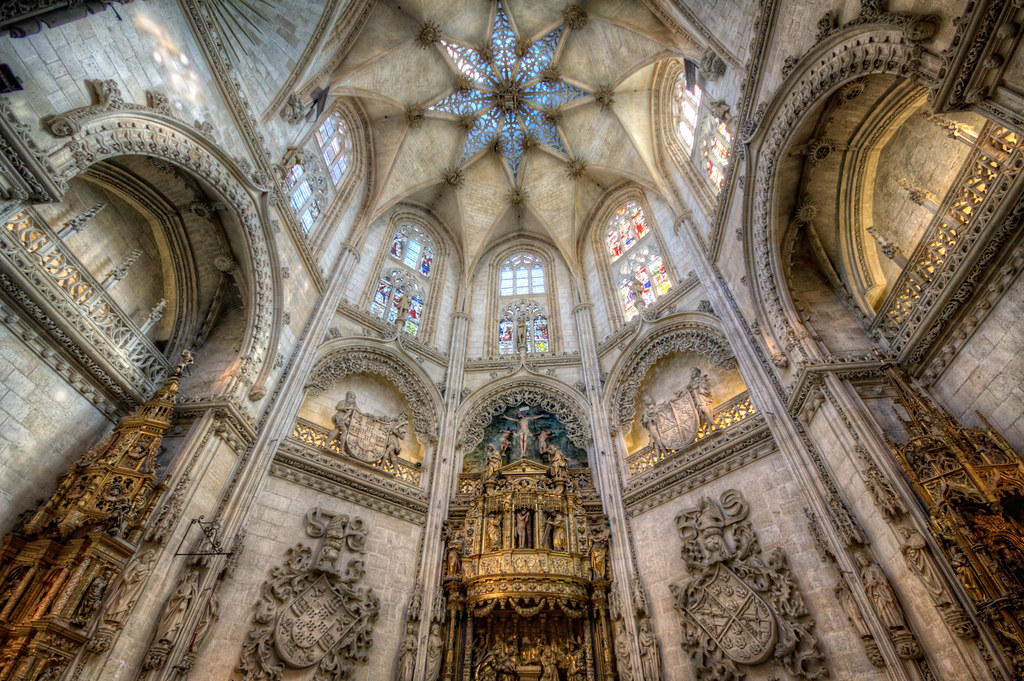playón Horn because of its proximity to the tourist area, the protection provided against the north winds and sea water was chosen.
By the end of 1992 end of building work directed by engineer Luis Kasuga Osaka and designed by engineer Hiroshi Kamio and inaugurated on November 13 of that year, with the Ing. Baltasar Pazos de la Torre the first President of the Board of directors.
Since 2000 the first phase of expansion (completed in 2002) and makeover that included the construction of an enclosure for sharks and one for manatees, plus a terrace and a ride on the outside of the square began , giving with this visitors an option to enjoy the sea in the forecourt of more than 300 meters, which allowed him to obtain a growth of 75% in the number of visits.
Veracruz Aquarium has several awards, including having maintained for almost 8 years a copy of blue shark (tiger shark) to its subsequent release; It is also the only place where you can see manatees (Trichechus manatus) and two of her pups in their facilities.
In December 2007 the remodeling of the largest tank was made (with more than 1 million liters of salt water), due to which called Great Fishbowl Reef, where the typical species found in shows these important ecosystems. This year it is considered as the most important tourist attraction of the city, since it its content and variety presented in its route highlighted.
areas
Aquarium Veracruz city has 9 Areas: Tuxtlas jungle, freshwater gallery, gallery saltwater reef aquarium, the Shark tank, the manatinario, the jellyfish aquarium, dolphinarium and museum.
La Selva de Los Tuxtlas
It is the first gallery of the aquarium where an environment similar to that found in the jungle of Los Tuxtlas region, which is south of Veracruz, an area appreciated worldwide for its great diversity of flora and fauna, it is presented here visitors can see a lot of natural plants and the sound of water falling into a pond where several freshwater turtles native to the region are groups, there are two tanks where fish are displayed swords from the region and boa constrictors. birds like the toucan in total freedom are also found in this area, as well as green and scarlet macaws with which you can have iteration.
Freshwater Gallery
The section has nine tanks of different volumes which are home to over 30 species of fish in the Amazon, Asia, Africa and America as well as reptiles and mammals representative of these different areas. The total volume of this gallery is 562 177 liters, which is set as a cave where you can admire many different species of fish.
Saltwater Gallery
This section has 13 tanks of different sizes and characteristics where about 60 species of reef organisms including fish, reptiles and invertebrates are exhibited. The system has 115,200 liters of salt water in constant motion which circulates through a series of biological and mechanical filters that keep it in optimal conditions for the development of the species exhibited. Additionally it has a quarantine area intended for newly captured or those who require the application of some treatment agencies. The decor of the tanks is completely artificial.
